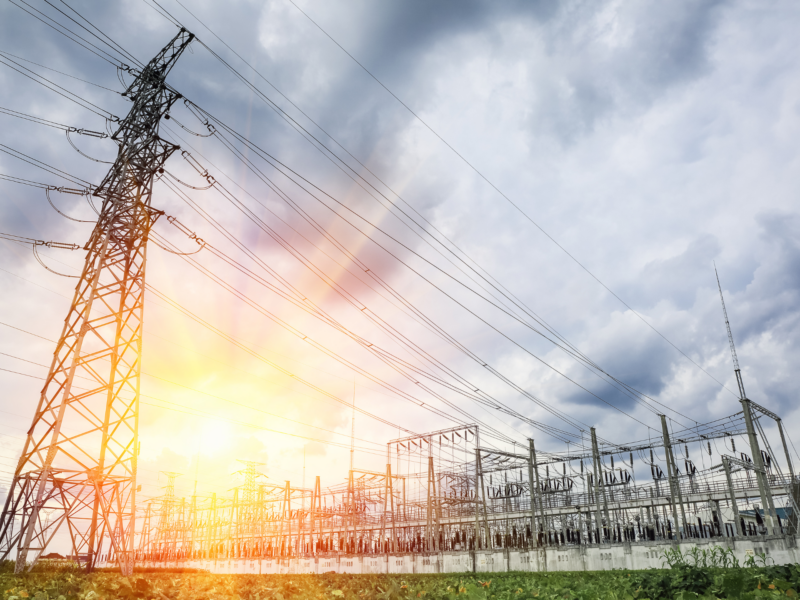
The journey of electrical power from its generation to the final user involves a complex system of transmission and distribution. Understanding the difference between primary and secondary electrical transmission is crucial in appreciating how our modern electrical infrastructure functions. This blog post aims to highlight their roles in power distribution & products for these applications.
Primary Electrical Transmission:
Primary electrical transmission is the first stage in the power distribution process. This stage involves transmitting electricity from generating stations to substations. To reduce transmission losses, the voltage level is boosted significantly during this stage. Typically, transmission voltage is considered high voltage, usually above 50,000 volts. It is this high voltage that enables the efficient and safe transmission of electricity over long distances to substations. Cable that Metro Wire supplies for this application includes a wide variety of copper and aluminum rated transmission products, AAAC, AAC, ACSR, and others.
Secondary Electrical Transmission:
Secondary electrical transmission, on the other hand, occurs after the primary transmission. At this stage, the electricity has reached the distribution substations. Here, the high voltage is stepped down to a much lower voltage suitable for end-user consumption. The secondary distribution voltage is typically less than 2,000 volts. It is from these distribution transformers that electricity is delivered to customers’ premises. For residential customers in the U.S., for example, the voltage is usually stepped down to 120/240 V circuits. Metro Wire, a longtime leader in substation applications and products, specializes in substation control & tray cable in various color codes, bare copper, interlocked armor cable, medium voltage cable and substation electrical products/utility hardware such as breakers, fuses, switches, and disconnects.
Key Differences:
-
Voltage Levels:
The most significant difference between primary and secondary transmission is the voltage level. Primary transmission involves higher voltages (generally above 50,000 volts), whereas secondary transmission involves lower voltages (generally below 2,000 volts).
-
Purpose and Efficiency:
Primary transmission is designed for the efficient long-distance transfer of electricity from power plants/generation to substations. Secondary transmission, however, is focused on delivering this power to the end users in a form that is safe and usable.
-
Infrastructure:
The equipment and configurations for primary and secondary systems differ significantly due to the different voltage levels and purposes. Primary transmission requires a robust transmission network and substations, while secondary transmission involves service drops, distribution transformers, and metering closer to the customer.
Understanding the distinction between primary and secondary electrical transmission is crucial for professionals working in the electrical industry, as well as for anyone interested in how electricity reaches our homes and businesses. This knowledge not only enhances our appreciation of the complex infrastructure behind our everyday power usage but also underscores the importance of safety and efficiency in electrical power distribution.
Contact Metro Wire & Cable Corp. to learn more about the electrical wire & products used in these applications. Our trained staff of experts work with public, municipal, & engineering utility partners daily on these applications and many others. To review our Utility Product offerings, click HERE.
________________________________________
We have been asking the same question since 1976, what can we do to make your job easier? Take a look at each industry we serve to get an idea of what we can do for you and your organization: https://www.metrowire.net/industries/
Metro Wire specializes in working alongside public utilities, electrical contractors, wind-farm developers, commercial and industrial HVAC industries. We also specialize in working with traffic signal and airport lighting contractors, Original Equipment Manufacturers (OEM’s), and the security industry.
Check us out on social media:
